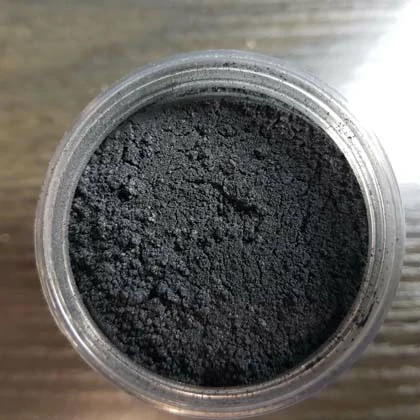Application of Nano Silicon Powder in Battery Electrodes
Introduction:
Nano silicon powder has gained tremendous attention in recent years due to its unique properties and potential applications in various fields. One of the promising areas where nano silicon powder is being extensively studied is in battery technology, particularly in battery electrodes. In this article, we will explore the application of nano silicon powder in battery electrodes and its impact on battery performance.
1. Enhanced Energy Storage Capacity:
Nano silicon powder possesses a high theoretical specific capacity of 4200 mAh/g, which is significantly higher than that of conventional graphite anodes used in lithium-ion batteries. By incorporating nano silicon powder into the electrode material, the energy storage capacity of the battery can be greatly enhanced. This opens up possibilities for designing high-capacity batteries that can store more energy within the same volume, offering longer-lasting power sources for portable electronic devices, electric vehicles, and renewable energy storage systems.
2. Improved Cycling Stability:
One of the challenges associated with the use of silicon-based anodes in lithium-ion batteries is the large volume expansion during lithiation and delithiation processes, leading to rapid capacity degradation over repeated charge-discharge cycles. Nano silicon powder, with its small particle size and unique structural characteristics, can mitigate the volume expansion issue. The high surface area-to-volume ratio and abundant active sites of nano silicon particles provide better accommodation for the volume changes, resulting in improved cycling stability and prolonged battery lifespan.
3. Faster Charge and Discharge Rates:
The ultra-small particle size of nano silicon powder facilitates more efficient lithium ion diffusion into and out of the electrode material, compared to traditional graphite anodes. This characteristic enables faster charge and discharge rates for the battery. With the incorporation of nano silicon powder, batteries can be charged and discharged at a higher rate without compromising their capacity or overall performance. This feature is crucial for applications where quick power delivery is essential, such as electric vehicles and energy storage systems for grid stabilization.
4. Compatibility with Existing Battery Manufacturing Processes:
Another advantage of using nano silicon powder in battery electrodes is its compatibility with existing battery manufacturing processes. Nano silicon powder can be easily integrated into the electrode formulation without requiring major modifications to the existing production lines. This characteristic allows for a smooth transition from conventional graphite anodes to silicon-based anodes, minimizing the cost and time required for large-scale adoption of this technology.
Conclusion:
The application of nano silicon powder in battery electrodes holds great promise in revolutionizing the energy storage industry. Its enhanced energy storage capacity, improved cycling stability, faster charge and discharge rates, and compatibility with existing manufacturing processes make it an ideal candidate for next-generation batteries. However, further research and development are needed to overcome challenges related to scalability, cost-effectiveness, and long-term stability. With continued advancements in nano silicon powder technology, we can expect to witness significant improvements in battery performance and the widespread adoption of high-capacity, long-lasting batteries in various applications.
.webp)



